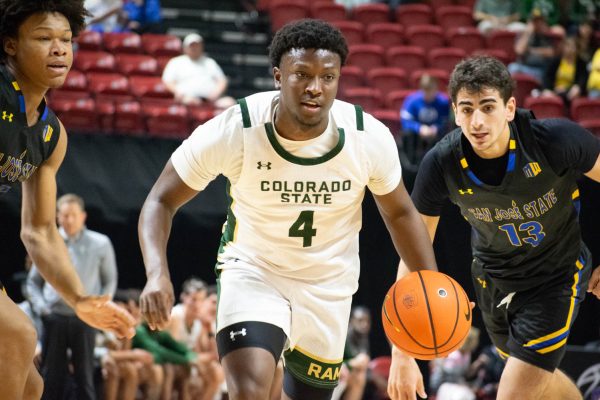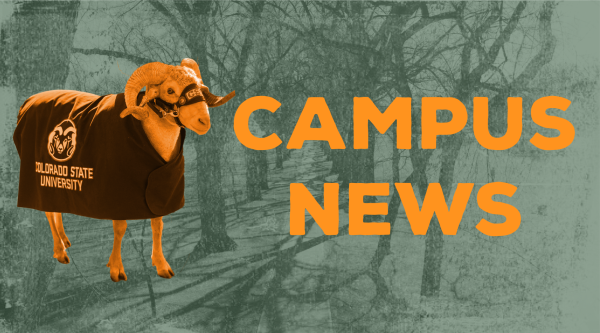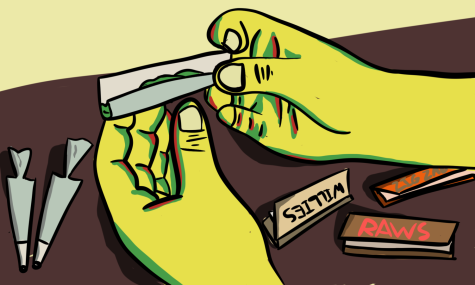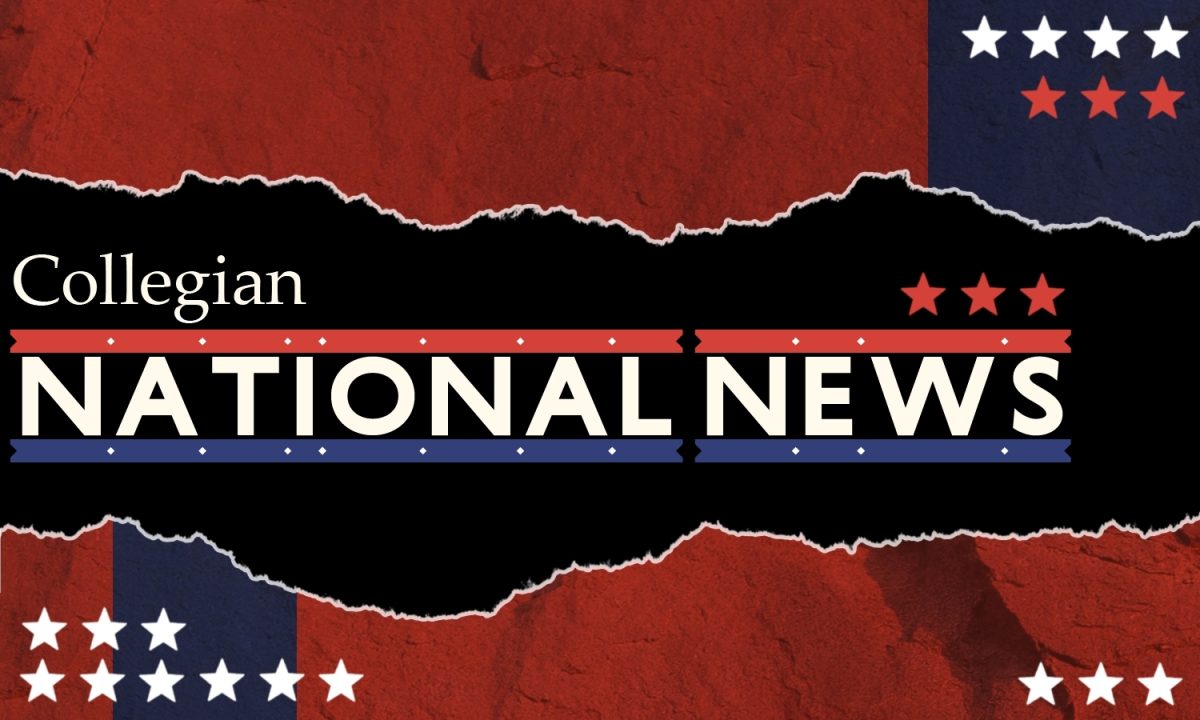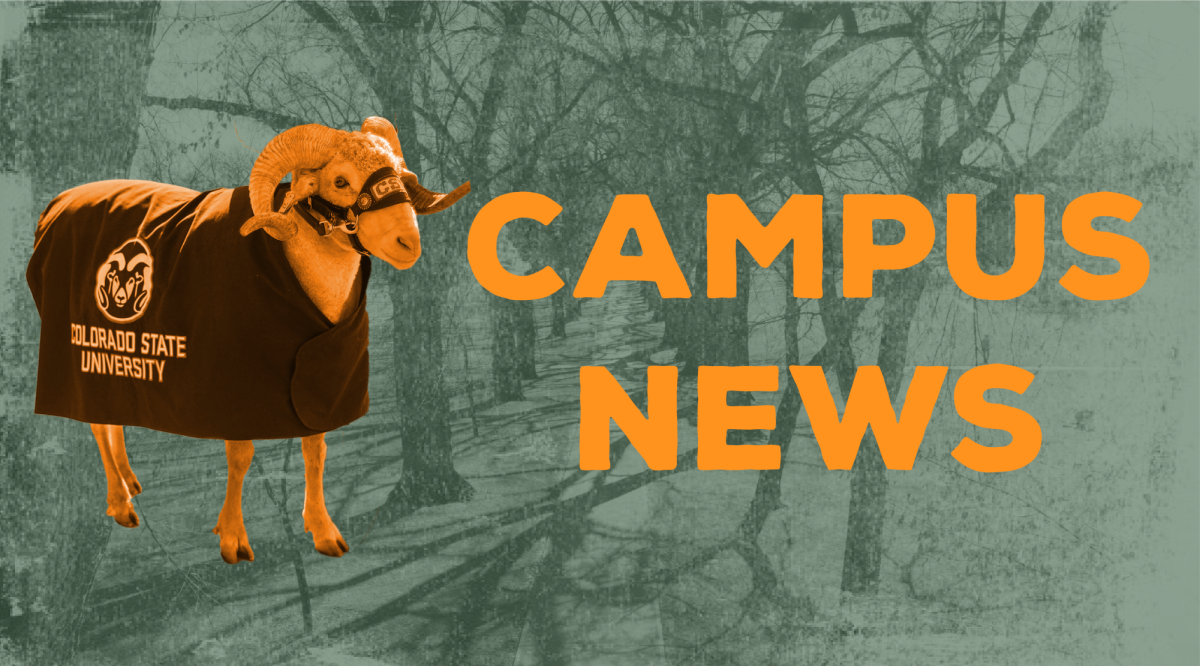Former CSU history professor Mark Gilderhus remembers when student protests led to the burning of a campus landmark.
Gilderhus, who was a young professor in the 1970s, was involved with a protest held in frustration of Nixon’s decision to invade Cambodia. The protest, which took place on May 8, 1970, ultimately ended with one of the biggest events in CSU history.
Ad
“Nothing too scary happened till Old Main burned. Somebody, we still don’t know for sure who, burnt Old Main, the oldest building on campus. People on the left said conservatives did it, people on the right said that radicals did it. Regardless, (The burning of Old Main) quieted it down here,” Gilderhus said.
The burning of Old Main marked the culmination of student protests at CSU.
In the 1970s students of CSU witnessed a substantial amount of recurring protests. The front page of the Collegian was filled with controversy, from students marching for a moratorium of the Vietnam War, to protesting grapes on campus to support the tribulations of poor farm workers.
But times have changed since then.
According to David Hudson, author and scholar at The First Amendment Center, students are less involved than they once were.
“College students aren’t nearly as engaged as students in the 1960s and the early 1970s. There may be larger historical reasons for this — society became more conservative as some saw that time period as a time of excess to a certain extent,” Hudson wrote in an email to the Collegian.
Gildherus thought that the current job environment might have influenced the change.
“The 60s were a prosperous time. Academic jobs are now few and far between,” Gilderhus said. “When I went to graduate school I knew there would be a job when I’m done. Now students don’t have that assurance. I suspect that students today say ‘I’m not going to be a trouble maker, I want to be perceived as a good, hard-working stable employee.’”
In contrast, Tim Gallagher, professor and chair of CSU’s Faculty Council, finds students to be voicing opinions in more controlled ways.
Ad
“My perception is that students and professors are active more within the system now. Whether it is going to go see Obama on campus, shouting what your opinions are in the Plaza, or trying to get people registered,” Gallagher said.
This sentiment is echoed by Hudson who wrote that students now have various mediums to voice their opinion.
“We are seeing expression in different media – certainly we are seeing many online speech cases that we didn’t see years earlier. Technology has advanced so rapidly and there are more ways to communicate,” Hudson wrote.
The significant amount of political activism at CSU during the 60s and 70s was reflective of what was happening at most colleges across the nation.
The military draft played a pivotal part in this activism, according to Gallagher.
“The stakes were higher back then,” Gallagher said. “If you were 19 years old and you got drafted there was a high probability you would go to Vietnam, and there was a significant possibility you would die.”
Before the 1960s, CSU was seen as a very conservative college, yet events of the ‘60s and ‘70s brought about significant student activism.
“Back in the ‘60s, my generation was quiet until the Kennedy assassination. This marks a very different time,” Gilderhus said. “With the escalation of the war in Vietnam and with other movements like Civil Rights, the collective effect was (for students) to mobilize potential dissenters on the street to make their unhappiness clear.”
Collegian writer Skyler Leonard can be reached at news@collegian.com.



